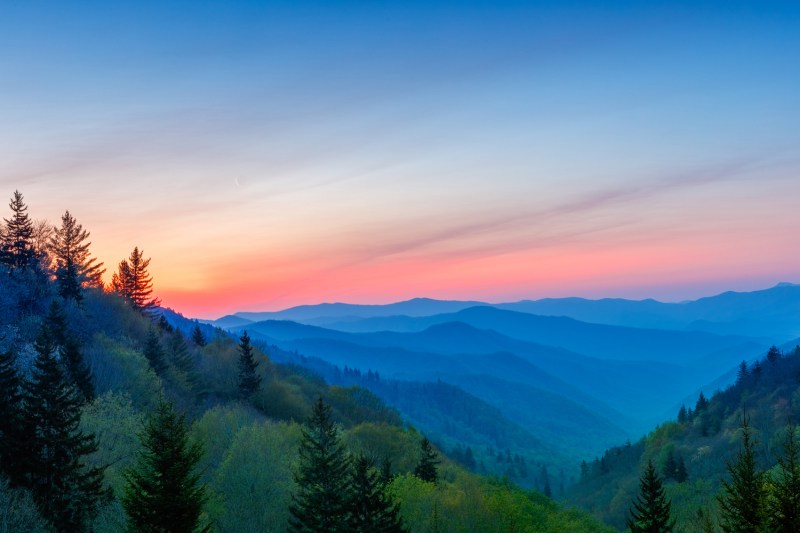
Chiseled peaks, glistening waterfalls and sun-dappled forests provide the backdrop to myriad adventures in the Great Smoky Mountains. Straddling Tennessee and North Carolina, this beloved national park stretches across more than 500,000 acres and encompasses 6,000-foot overlooks, rushing rivers and dozens of historic sites.
Not surprisingly, the Smokies are hardly a national secret, with over 11 million visitors most years. Despite the high volume, however, it’s easy to escape the crowds. Venture into more remote sections of the park or camp at a backcountry site, and suddenly you’ll have nature in all its astonishing grandeur to yourself.
Related Guides
Best Time to Visit
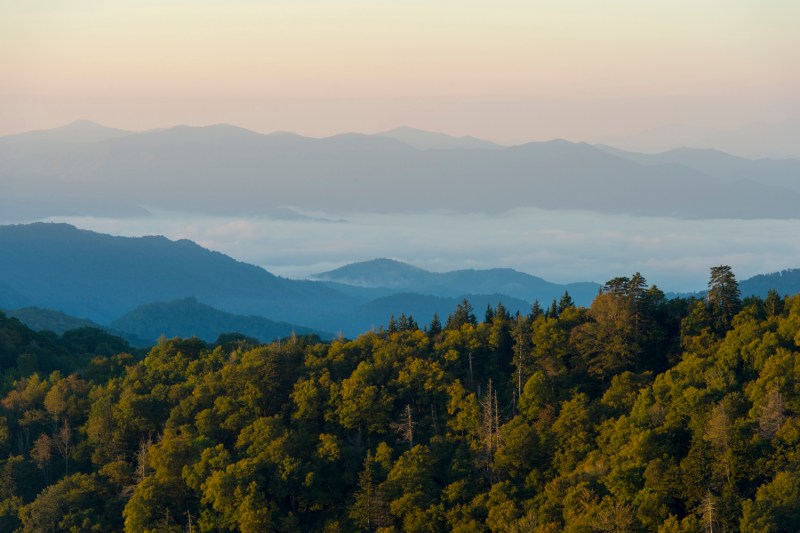
The park, backcountry sites, and several of the Smokies’ campgrounds remain open year-round, though some roads close from November to April. Inclement weather can also lead to road closures.
The peak visitor season runs from June through October. Things can quite crowded at this time of year, so you’ll want to plan your days carefully — hitting popular trails early in the morning and exploring more remote parts of the park later in the day. Mid-April through May brings an early influx of visitors to the park, who come for blooming wildflowers at lower elevations, and the park hosts events like the Wildflower Pilgrimage.
The blooms continue through June on the mountaintops, where you can see the vibrant colors of flame azaleas at key spots like Gregory Bald. Summer brings heat and humidity, and plenty of rain (July is the park’s wettest month), so prepare for the elements. In October, autumn’s changing colors provides a spectacular backdrop to the trails and overlooks. Winter offers its own rewards — namely peaceful solitude — though you’ll have to brave frosty temperatures. Trails can be icy, so bring crampons if hiking to higher elevations.
How to Prepare for a Trip
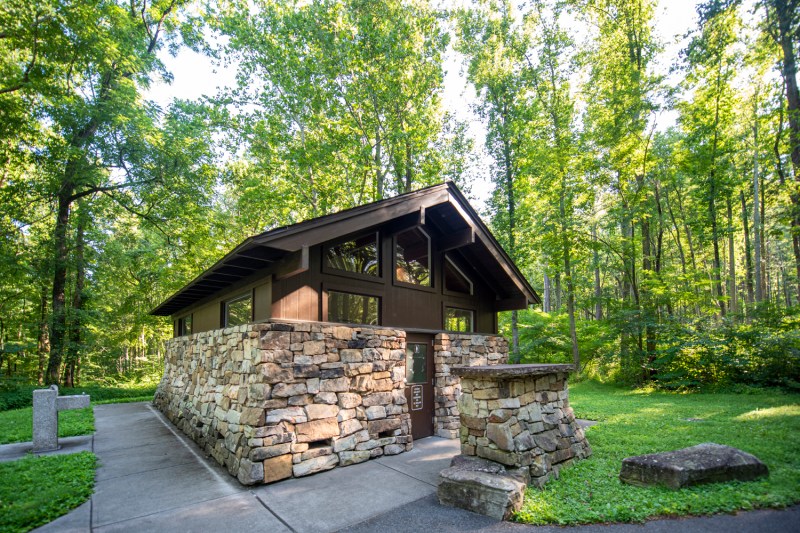
It’s worth planning ahead, especially during the busy summer months. Book campgrounds and other lodging as soon as possible — some places accept reservations up to one year in advance. If you plan on a multiday trek while camping in the backcountry, arrange a backcountry permit up to one month in advance. There’s no entrance fee to the national park.
The weather can change quickly here, especially as you tramp to higher elevations. Always bring rain gear and a warm fleece on a hike, and pack ample water and snacks. All-weather hiking boots are also essential, as waterlogged paths and stream crossings are always a possibility. There are no restaurants in the park (apart from dining service for overnight guests at the LeConte Lodge), so come prepared. You can pick up provisions in Gatlinburg just north of the park.
The park is a great place to unplug. Indeed, with non-existent cellphone service in many parts of the park, you’ll have no choice in the matter. Just make sure you download maps and other essentials, and let people back home know your travel plans before you hit the trail.
Where to Stay
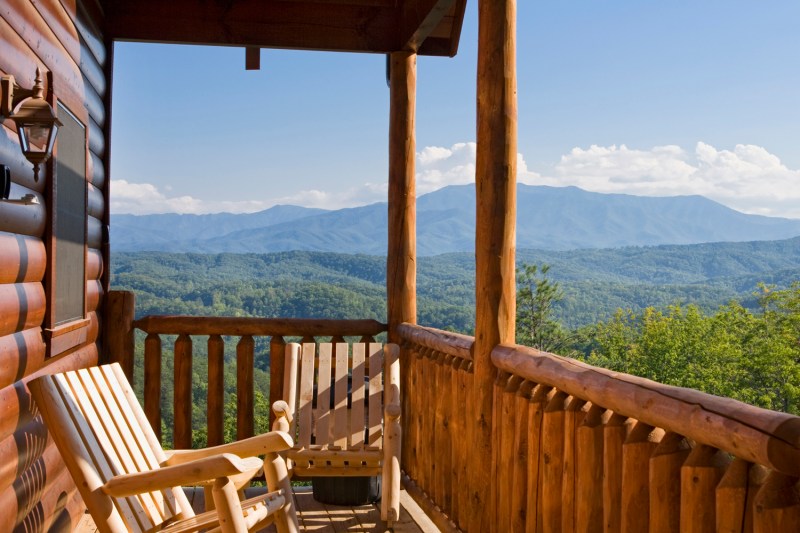
The National Park Service maintains nine developed campgrounds inside the park boundaries (a tenth remains closed indefinitely). All have restrooms with running water and flush toilets though no showers, so you’ll have to rough it a bit.
Serious hikers will plan their stay around campsites in the backcountry. The national park has nearly 100 sites, including several reachable only by boat across Fontana Lake and over a dozen shelters along the Appalachian Trail. All have nearby springs or water sources where you can procure water (be sure to bring a reliable filter). Booking a backcountry permit ($4 per person per night) is easy to do online, though you can also do it in person at ranger stations.
Best Wildlife: Cades Cove
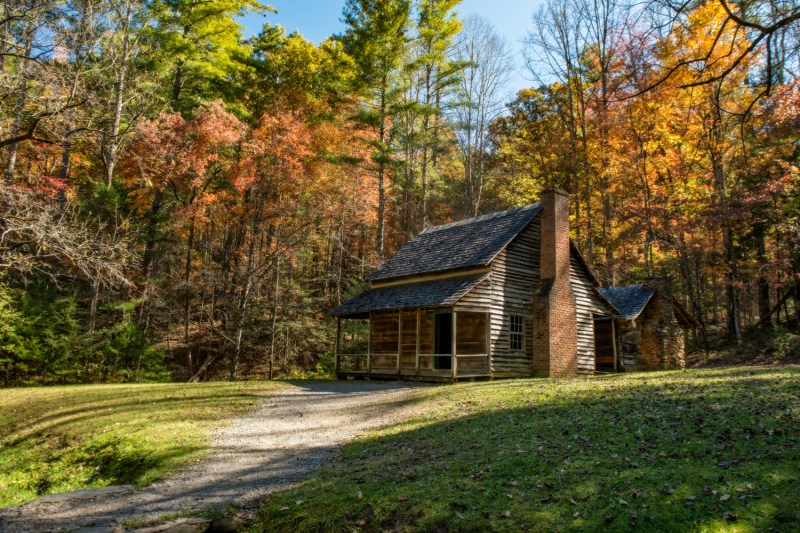
Cades Cove is one of the most popular
Aside from wildlife, the site also boasts a myriad of 18th– and 19th-century structures (all faithfully restored, mind you) such as log houses and a grist mill. A booklet for self-guided tourists is available if you want to expand your knowledge about the said structures or the history of the Cherokee people. Explore the
- Nearest airport: McGhee Tyson Airport
- Time: 47 minutes
- Distance: 31.9 miles
Best Cultural Hotspot: Smokemont
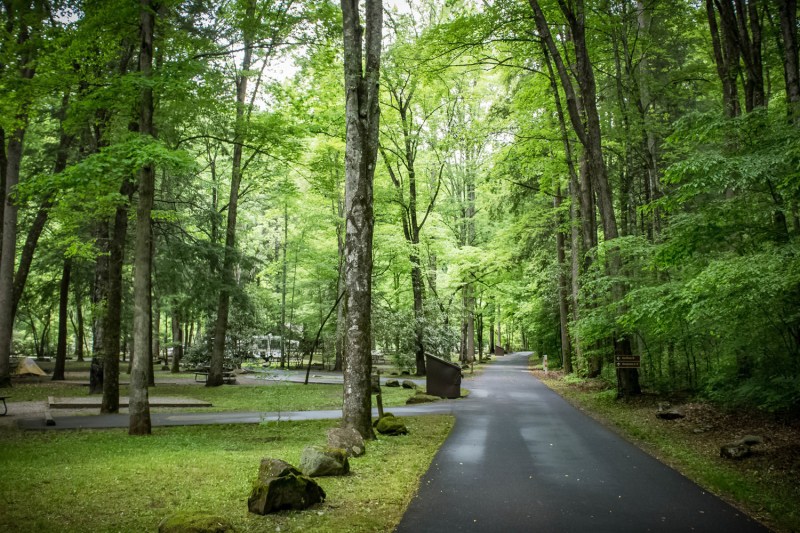
Like Cades Cove, Smokemont is another wildlife utopia, with its jaw-dropping mountain ranges mountain streams setting the stage for your grand
Nearby local attractions include the Museum of the Cherokee Indian, Oconaluftee Indian Village, and Qualla Arts and Crafts Mutual. Visit one or all of these places if you want to learn about the history and culture of the Eastern Band of Cherokee Indians.
- Nearest airport: Asheville Regional Airport
- Time: 1 hour 19 minutes
- Distance: 62.4 miles
Best for Dog Owners: Deep Creek
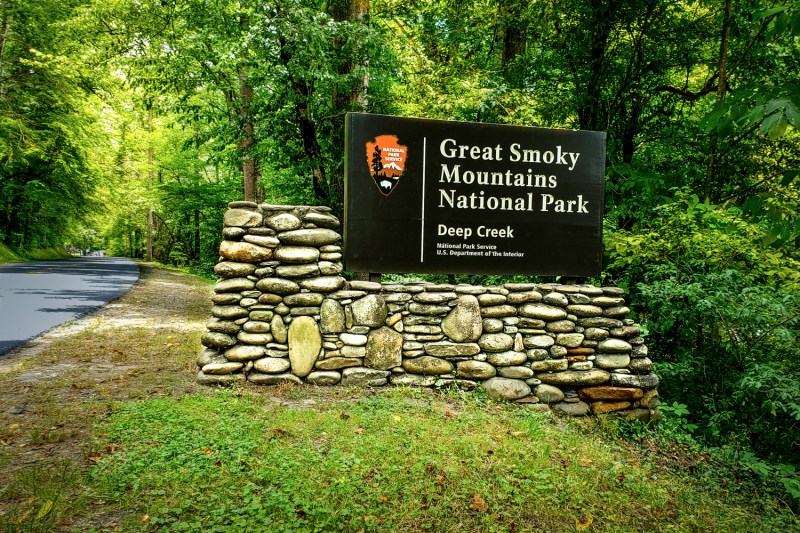
If you want a bit more seclusion, we suggest heading to Deep Creek or Balsam Mountain (more on that later). Deep Creek offers over 500 (gasp!) vacation rental properties on the site, including dog-friendly homes. Each home can accommodate up to two pet canines with no hidden or additional charges. If you’re not a pet owner, you may check out Deep Creek’s “Signature Collection,” featuring luxurious homes that help guests experience an unparalleled level of comfort.
You’ll never run out of things to do in Deep Creek. To help you get started, why don’t you try participating in a 60-minute (or 1.5 to 3.5-hour session for groups) ax-throwing session? There are even arcades and go-karts to channel your inner child. For liquor fans, we strongly recommend checking out A Touch of Class Limousines for a chance to tour and taste wine and beer at Black Bear Wine and Words, Mountain State Brewing Company, and more. Other activities to try are solving escape rooms, kayaking, and traversing the corn maze.
- Nearest airport: Greater Cumberland Regional Airport
- Time: 56 minutes
- Distance: 46 miles
Best Landscape: Balsam Mountain
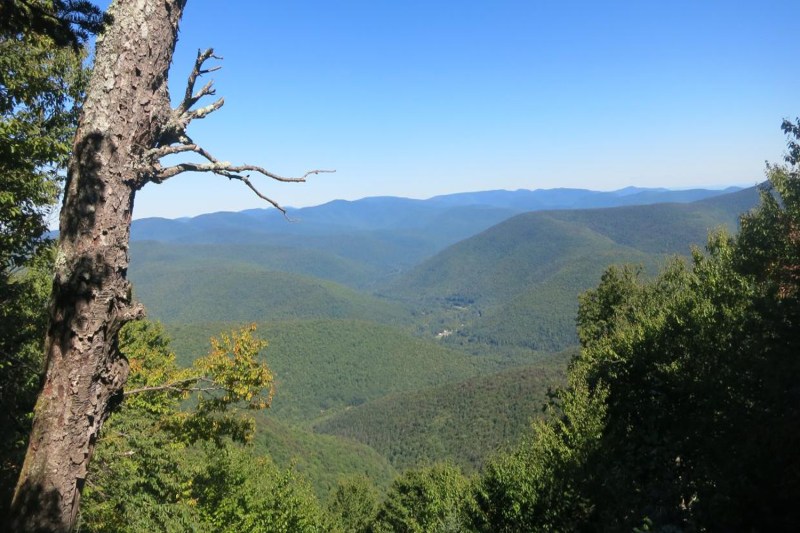
Located in the secluded area of the Great Smoky Mountains, Balsam Mountain is a go-to destination for engaging in outdoor activities and avoiding huge crowds. It is both the highest in the park (sitting at an elevation of 5,310 feet) and, by many accounts, the loveliest, with a stunning setting amid red spruce and Fraser firs and a nearby picnic area with photogenic views over the ridgeline.
Balsam Mountain’s 42 tent-only campsites come with drinking water and flush toilets. But be warned, there will be no lights in the restroom once night falls, so you need to bring a flashlight or camping lantern with you or wear a headlamp. When the sun rises, take an invigorating hike in the Flat Creek Trail, Hemphill Bald, and Rough Fork trails. Or even try your hand at fly fishing and backcountry fishing in the cool, pristine waters of Balsam Mountain.
- Nearest airport: Asheville Regional Airport
- Time: 1 hour 14 minutes
- Distance: 55.8 miles
Best Non-Camping Spot: LeConte Lodge

There’s only one non-
The stay is rustic but wonderfully nostalgic, as guests sit around in rocking chairs watching the sky fill up with stars and swapping backwoods tales over dinner and breakfast (included in the rates). The only challenge is getting a spot. Reservations open on October 1 for the following season (which runs from mid-March to mid-November), and the lodge is booked solid with a few days.
- Nearest airport: McGhee Tyson Airport
- Distance: 48 miles
- Time: 1 hour 17 minutes
Best Guest Services: Stony Brook Cabins
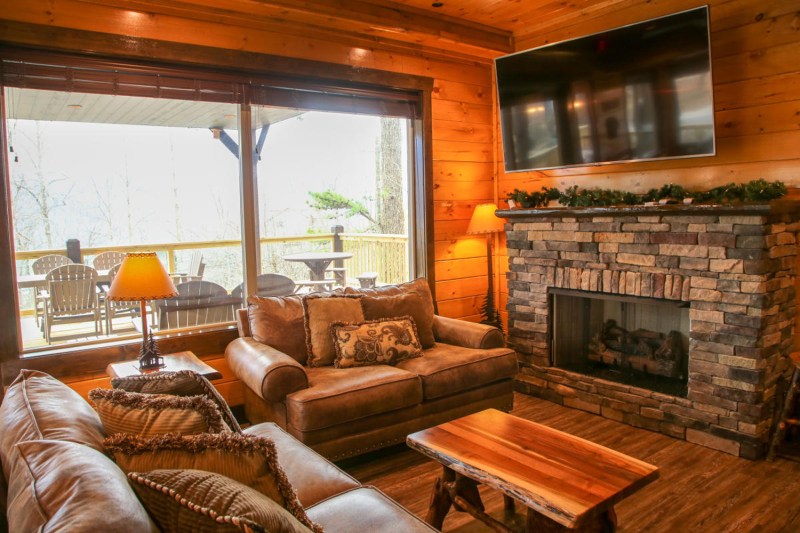
If you seek something with a bit more comfort, there are loads of appealing options outside the park. Gatlinburg has some fine choices like Stony Brook Cabins. The Tennessee Real Estate Commission-licensed property management company offers overnight cabin rental accommodations in the Smokies.
You can find options to book a one-bedroom cabin, a two-bedroom cabin, or even a five-plus-bedroom cabin — with all offerings suitable for solo and group adventurers. From shopping culinary delights in the Old Mill Square to visiting noteworthy attractions like the Ripley’s Aquarium of the Smokies, you’ll never get bored of exploring the wonders of the Great Smoky Mountains.
- Nearest airport: McGhee Tyson Airport
- Time: 1 hour 4 minutes
- Distance: 43.8 miles
Best Amenities: Old Creek Lodge
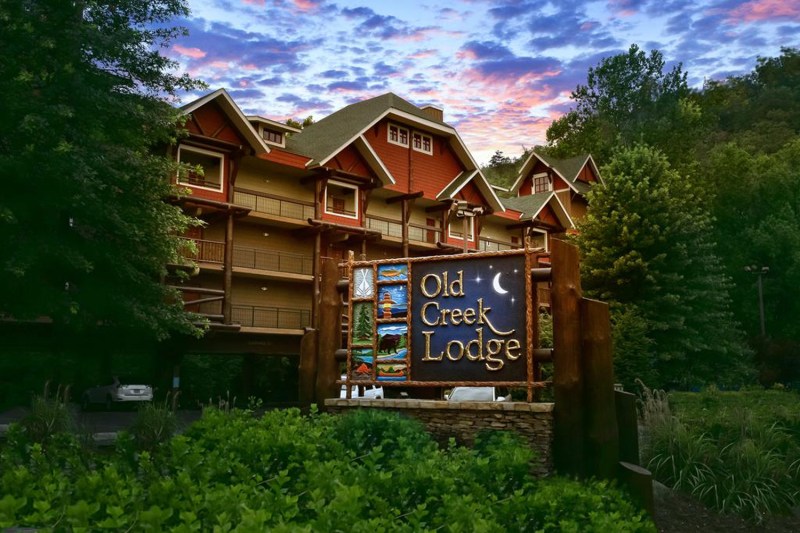
Let Old Creek Lodge be your home for the next several days. Featuring lavish rooms and remarkable amenities, Old Creek Lodge gives guests the royal treatment they deserve for the duration of their stay. Private balconies — which are available in all rooms — enable guests to enjoy a magnificent view of a mountain stream. Forget driving your car. Downtown Gatlinburg and the entrance to the Great Smoky Mountains can be easily accessed via foot or trolley, as they are near Old Creek.
- Nearest airport: McGhee Tyson Airport
- Time: 1 hour 3 minutes
- Distance: 41.6 miles
Best for Nature Lovers: Fontana Village Resort
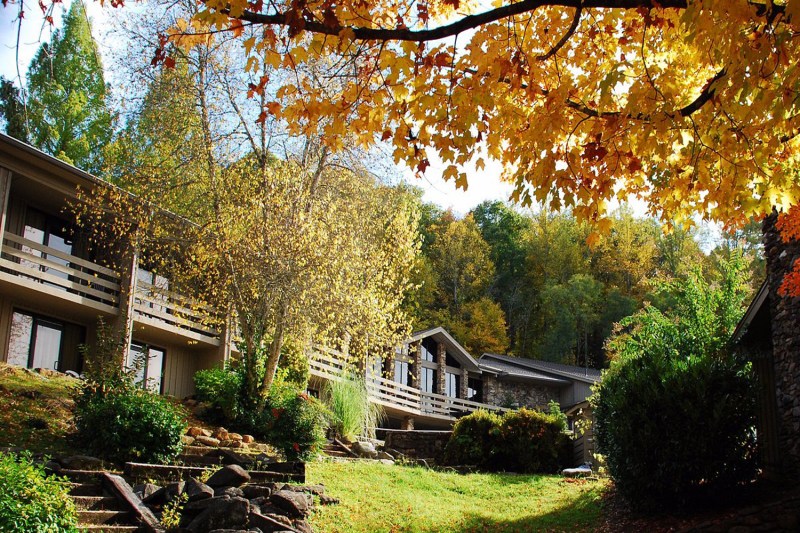
Escape from the hubbub of daily life and unwind at Fontana Village Resort, a place where you can enjoy a multitude of outdoor activities, from mountain biking to swimming in the Stoen Creek Pool and Lazy River. Unwind in Fontana’s elegant rooms, featuring top-notch wood furnishings and fluffy King or Queen-sized beds. Cabins are also available for guests who love to stay close to Mother Nature.
The resort also offers watercraft rental and equipment services to guests who seek to elevate their outdoor experience. Be sure to explore Hazel Creek for its rustic-era structures and wildlife, so whip out your camera and take as many pictures as you can.
- Nearest airport: McGhee Tyson Airport
- Time: 1 hour 25 minutes
- Distance: 52.1 miles
What to Do
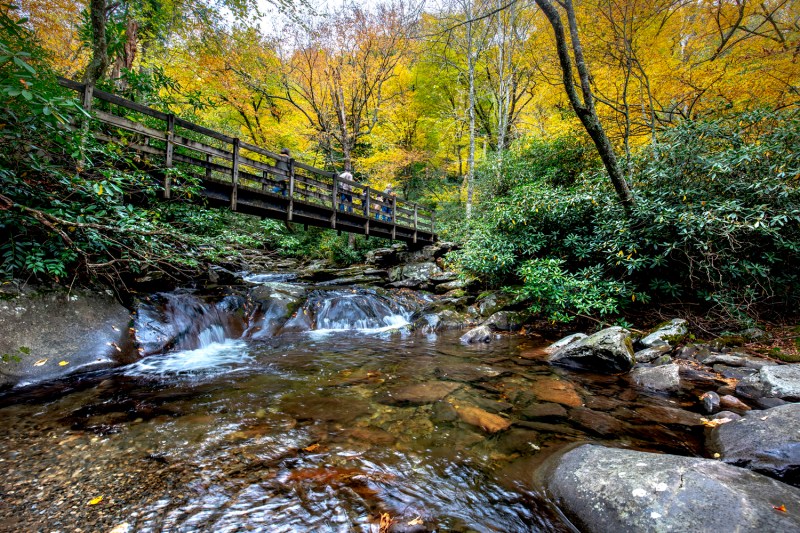
There are countless ways to connect with this slice of the Appalachian mountains, whether
Hiking
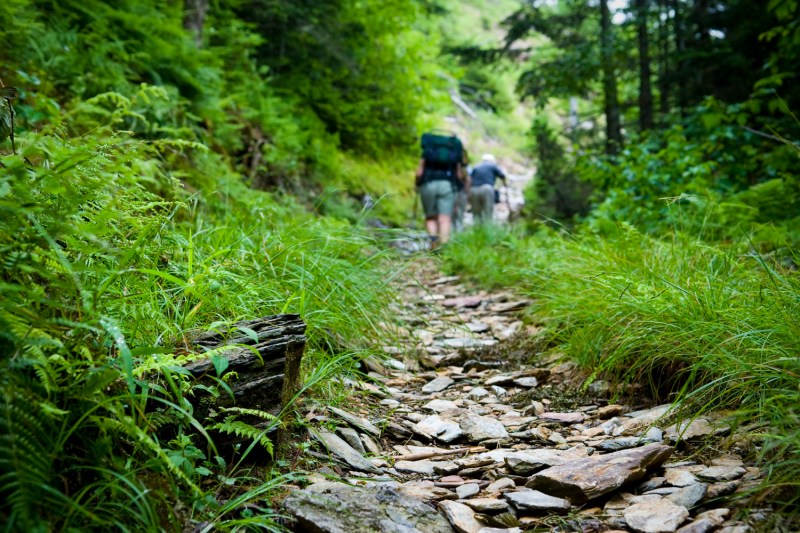
The national park boasts over 800 miles of
Read more: Best Hikes in America
Water Sports
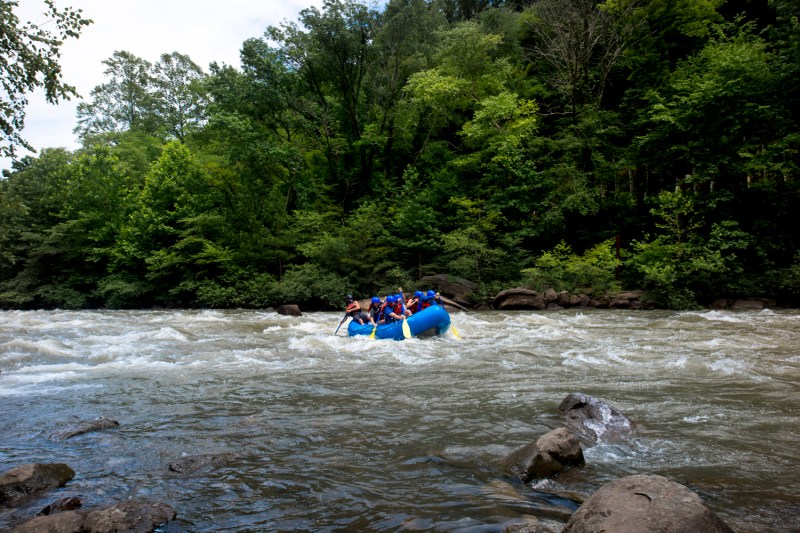
There’s first-rate white-water rafting along the Pigeon River, just northeast of the park. Various operators run half-day trips along the class III and class IV rapids, including Rafting in the Smokies. On the southeast side of the park, the scenic 29-mile-long Fontana Lake draws kayakers and canoers. You can hire various watercraft and arrange pontoon cruises from Fontana Marina.



